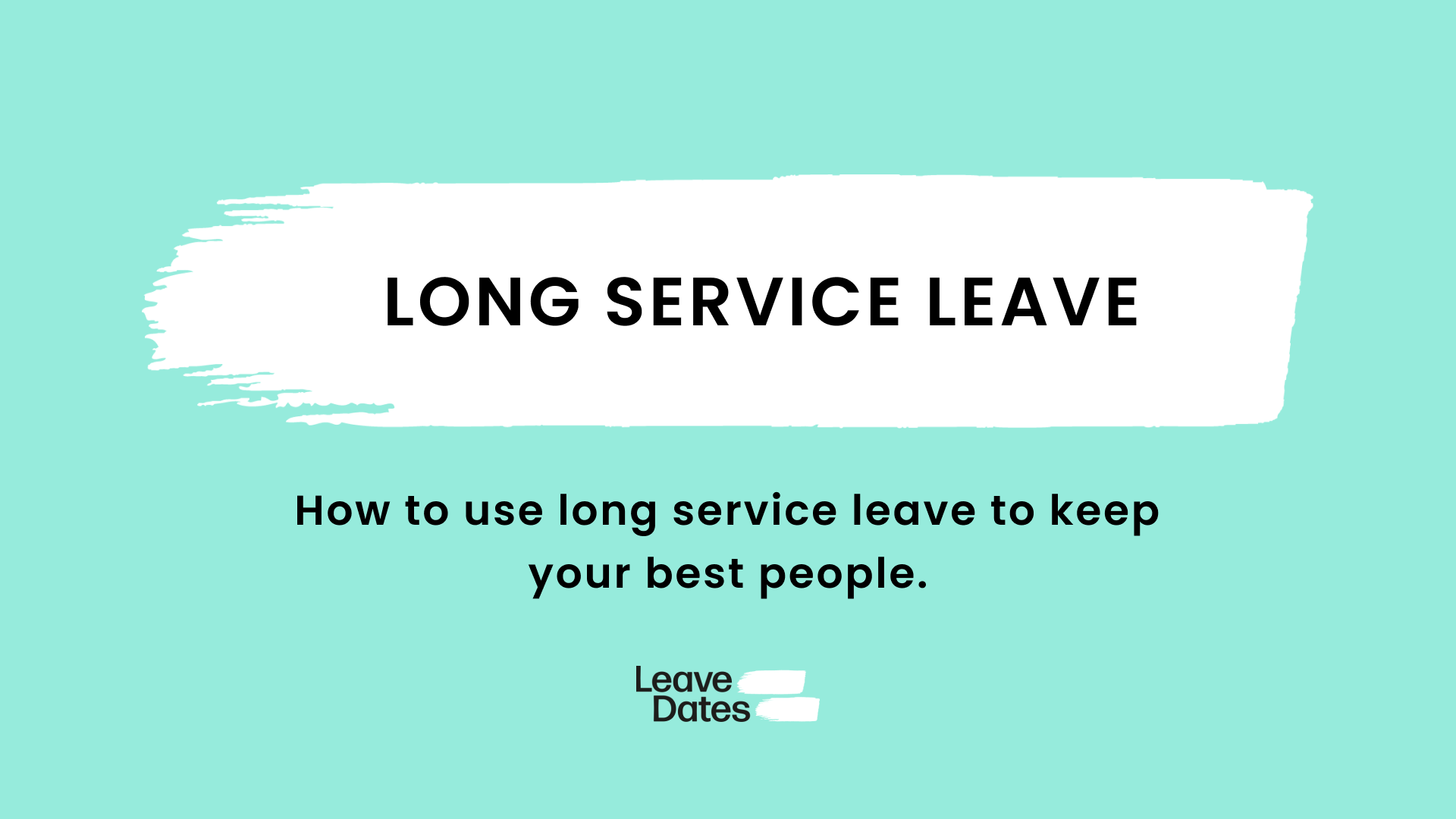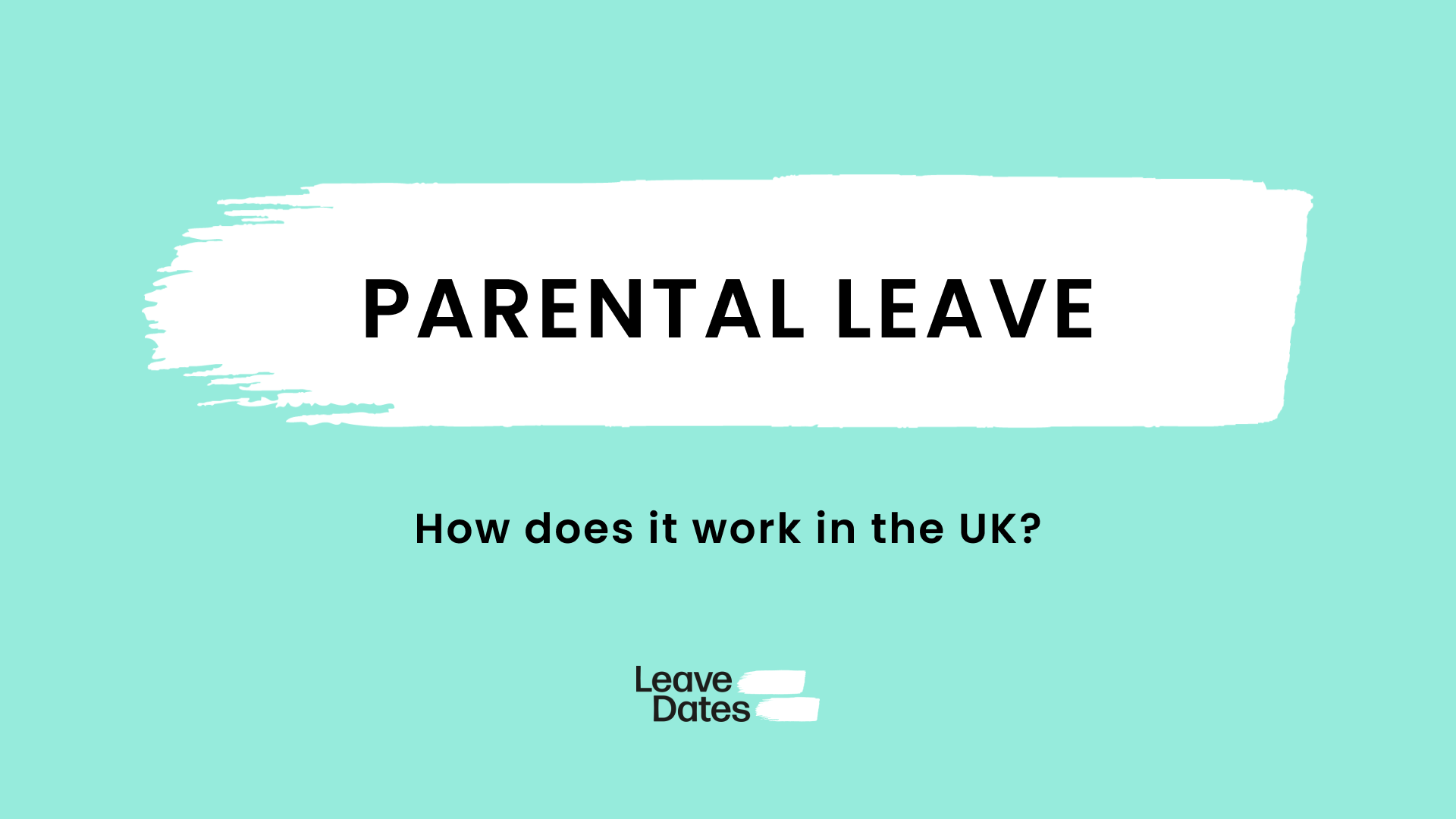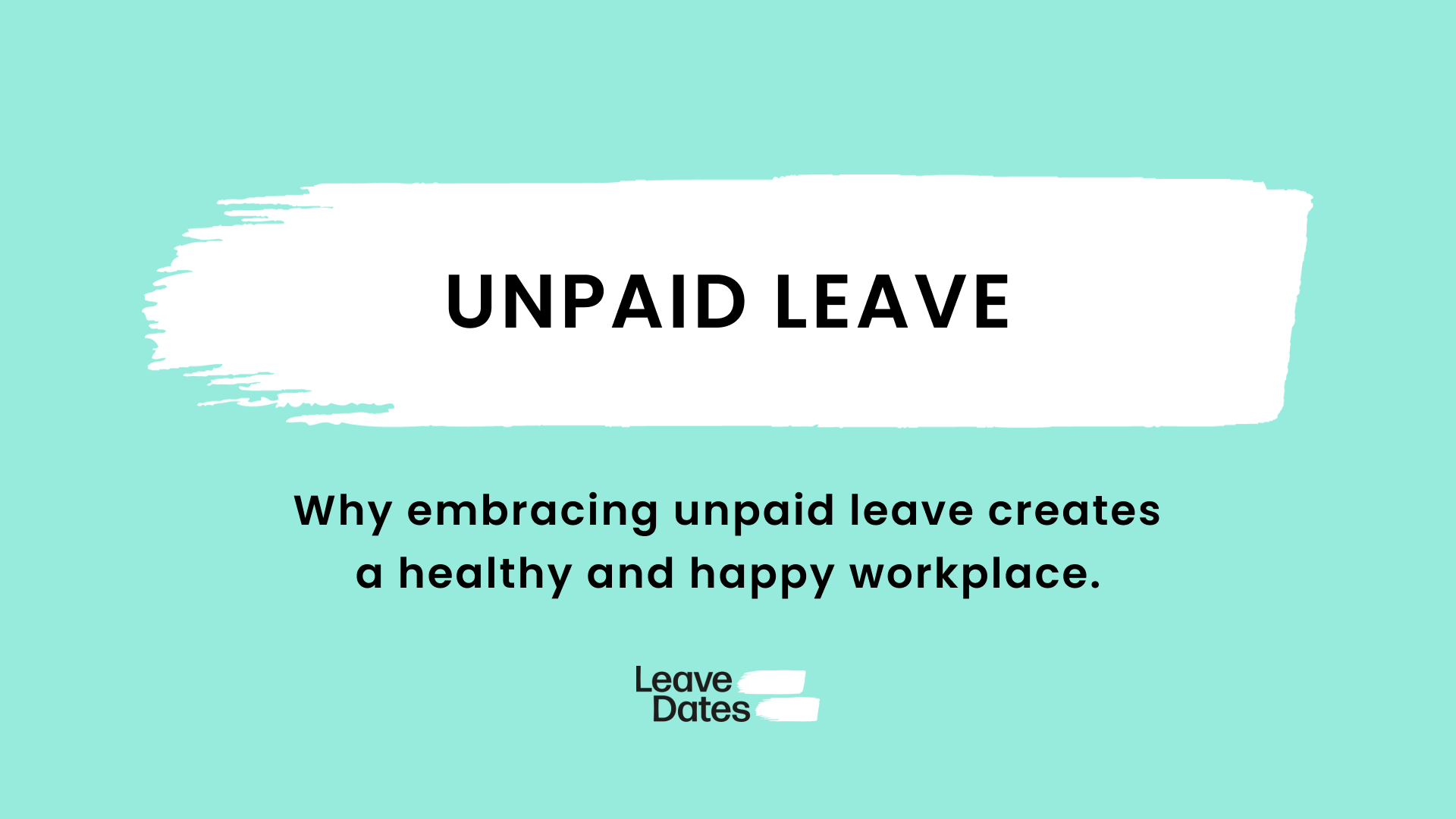
Who gets it and when, and why you should be offering it
Contrary to popular belief, the grass is not always greener. Sometimes, if you’ve got a good thing going, you’re better off sticking with it. One of the perks of doing so is access to long-service leave (LSL). But are UK companies aware of what a tasty-looking carrot this can be, and using it to their best advantage?
In this article, we explore how to use LSL to attract and retain talent and keep hold of that notoriously fickle younger workforce by giving them a reason to stay instead of treating their LinkedIn like it’s Tinder.
Table of contents
- What is long-service leave?
- How do you get it, and when?
- Taking LSL
- Is LSL a good thing?
- The benefits of long-term employment
- Bucking the trend
- Key takeaways
What is long-service leave?
LSL is extra paid leave, on top of your normal annual leave allowance, that you become entitled to after a set period of time with the same employer. It’s a coveted benefit that can only be enjoyed if you stay with the same employer for a long time as it’s usually dependent on ‘continuous service’.
This means there can have been no breaks in employment (usually excepting periods of extended leave, eg parental leave or an approved sabbatical).
In the UK, there is no legal entitlement to long service leave (unlike in some countries, such as Australia). It’s at the company’s discretion, and some prefer to offer ‘long service awards’ instead, in the form of a cash bonus or sometimes a gift.
How do you get it, and when?
There is no official definition of what counts as ‘long service’, and so this varies by employer and industry. Typically, it’s around 10 to 15 years, though with the trend towards staying shorter periods with one employer, some businesses are lowering thresholds to 5 years, with benefits increasing with longer service.
For example, the University of Oxford gives staff 1 extra day of leave per year after 5 years’ continuous service. This increases to 2 days’ leave after 7 years, up to an extra 5 days’ leave after 20 years’ service.
And our good friends at Word Monster go even further, giving their staff accrued LSL after just 2 years at the company!
Seeing a smaller benefit, sooner, can make an LSL policy more effective at encouraging people to stay with their current employer. In our fast-paced world, 20 years can seem a lifetime away.
To workers firmly rooted in the now and living in a world of instant gratification, abstract benefits in the far-distant future may not be as compelling as perks that meet their current needs.
A tiered system is a great way to bridge the gap and make LSL something that appeals to the new generations of workers whose ambitions are fixed on shorter time horizons.
Taking LSL
Some people might want to use LSL to bring their retirement date forward. This can help ease the transition into retirement, or assure the person that retirement is definitely what they want to do by experiencing what that life would be like before taking the plunge.
Others may want to take it as soon as they’re entitled to it, perhaps for a big trip. For many people, LSL could coincide with a big life milestone or birthday that they want to celebrate.
Taking the leave as soon as it’s available is helpful for the employer, as it will probably be cheaper. Wages tend to increase over time, so the longer the person has worked there, the higher the cost of their leave days. It also helps to manage leave liability in general.
Is LSL a good thing?
Some argue that LSL is ageist and discriminates against newer staff. Or that it isn’t fair and creates separation and resentment at work. For example, newer workers might feel it shows favouritism, or means their work is less valued. Some companies don’t offer LSL on this basis, instead building a more generous standard leave offering for all.
As long as all legal minimum requirements are met, there’s no reason you can’t offer people an incentive to commit long term to your company. It’s not ageist: a 30-year-old could be entitled to LSL and not a 55-year-old. It’s about your ‘company age’ rather than your actual age.
LSL is not inherently discriminatory. It’s accessible to everyone, all they have to do is stay. It’s not based on any quality of a person beyond their ability and willingness to stick around. This is no less fair than promotions being awarded based on perceived commitment and dedication.
There is an argument for sex discrimination, as women often find it harder to remain in a job long-term due to the motherhood penalty forcing them to take career breaks. But this is something that should be addressed directly through fairer parental leave policies and wider reform to maternity and childcare provisions, rather than withholding a perk that could improve the leave landscape.
To avoid claims of unfairness, LSL should be transparently communicated and actively promoted, stressing that it is about quantity not quality. All hard work is valued equally, but you bank more of that work, you become eligible for a reward. In theory, it’s not so different from how annual leave is accrued, just on a longer-term scale.
We don’t see how rewarding staff loyalty can be a bad thing. And loyal staff are more and more hard to come by, especially post-Covid and ‘the Great Resignation’. Time is the most valuable commodity, to businesses and to people.
Offering extra paid leave in recognition of long-term effort and commitment is a great way to show how much you value and appreciate your staff. People who feel valued are more likely to stay and to work hard, creating a virtuous circle of mutual benefit.

The benefits of long-term employment
The biggest barrier to LSL is its perceived relevance in the modern work landscape. Long-term employment used to be the norm, but the pendulum has swung in recent years and it’s now much more common to switch roles and/or employers every few years.
This is especially the case among the younger generations, who are told that if they don’t switch jobs every two years, they’re under-selling themselves.
This new cut-throat approach to work is mainly driven by economic factors – with high cost of living and inflation meaning people are chasing pay increases that are easier to secure by switching jobs. This is even more relevant in the UK where wages, though beginning to increase, are relatively low compared to other developed countries.
But long-term employment still offers huge benefits in certain situations, or to a particular kind of person.
Not everyone’s life goals are professional ones. For many, work is just a means to earn a living, and their main interest is in just that – living. For these people, life is what happens outside of work. They want a job that has minimum impact on their life.
Switching companies every few years in search of promotions, pay rises and new professional challenges just isn’t high on their agenda. They want to show up, do a good job, get paid and get on with their life.
These are the kinds of people to whom LSL will appeal. They will appreciate the leave, and won’t shy away from the long-term commitment required to get it. These are also fab employees to have: they are loyal and committed; they will show up and work hard; they see a future with you so they will contribute meaningfully to long-term goals. There’s mutual give and take.
These are the people you want by your side for the long-haul of building a sustainable and successful business
Bucking the trend
LSL might also help to temper the widely observed job-hopping tendencies of the younger generation of workers. For these guys, the idea of a ‘job for life’ is pretty alien, a thing of the distant past and not aligned with the fast pace of modern life and an endless quest for novelty.
By offering LSL, businesses and managers show a commitment to their employees’ long-term wellbeing and continued professional development. For younger workers used to moving teams and jobs often, this might actually prove to be the novelty they crave: rather than gym memberships and casual Fridays, an employer who wants to see them stay and grow.
A fast-paced life can soon grow tiring, especially as those younger workers get older and start settling down, building homes and families. And the next work trend is always just around the corner. Maybe it will be slow and steady that wins the race after all, and the scales will tip back in favour of stability.
Building a career through constant job hopping is a bit like a game of snakes and ladders. Sideways moves to stay relevant and get a pay rise may not always pay off. You could land yourself in a horrible culture, with a nightmare boss, or miss out on the knowledge and achievements that longer-term experience bring.
Novelty doesn’t have to be found elsewhere – if, alongside your LSL offer, you can find ways to keep staff engaged and interested in their work, for example with a great professional development plan, you may be able to stop those eyes from wandering. You just need to persuade them that the grass isn’t always greener.
Of course, the promise of extra days off in the 2030s and beyond is not going to keep someone in a stressful job that they hate. This offer has to be supported by a strong foundation built on a healthy and supportive work culture, or you’ll lose people way before they become eligible.
Key takeaways
While by no means a fix-all solution to high turnover, long-service leave can serve as a tantalising reward that might entice more stability-minded employees to stick with you for the long haul.
But it can’t just be a carrot at the end of a very long stick, as workers today tend to be focused on a much nearer horizon. But by keeping one eye on the now, building a great culture, genuinely useful EAPs and prioritising professional development, LSL might get employees looking further into the future and seeing you in it.
When both parties support each other’s continued growth and success, you can persuade your staff that long-term continuous employment is a great way to build a happy and healthy career.



